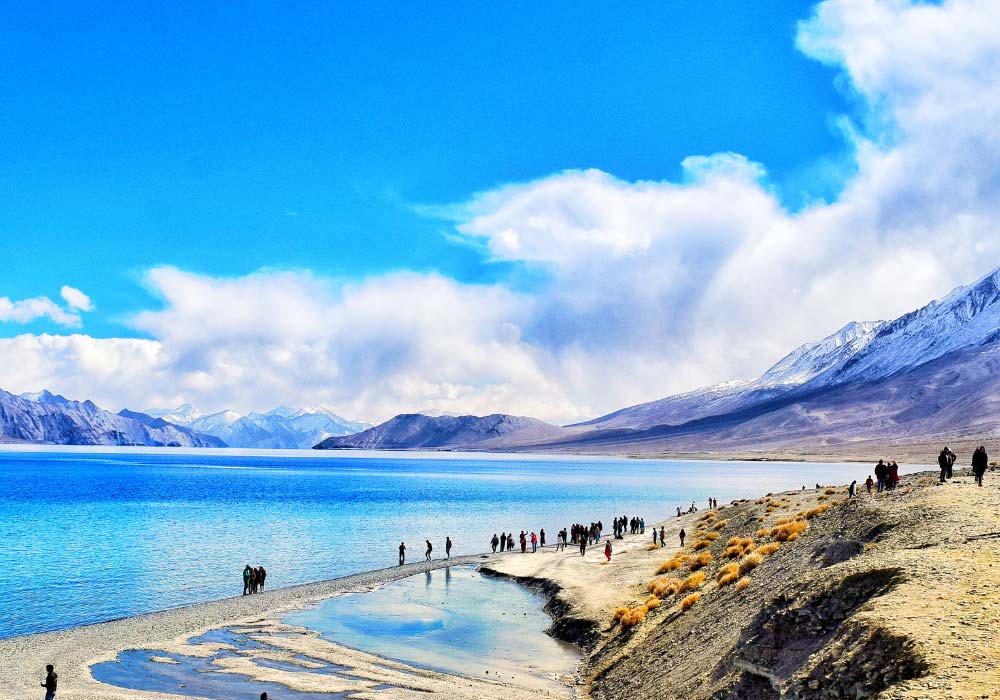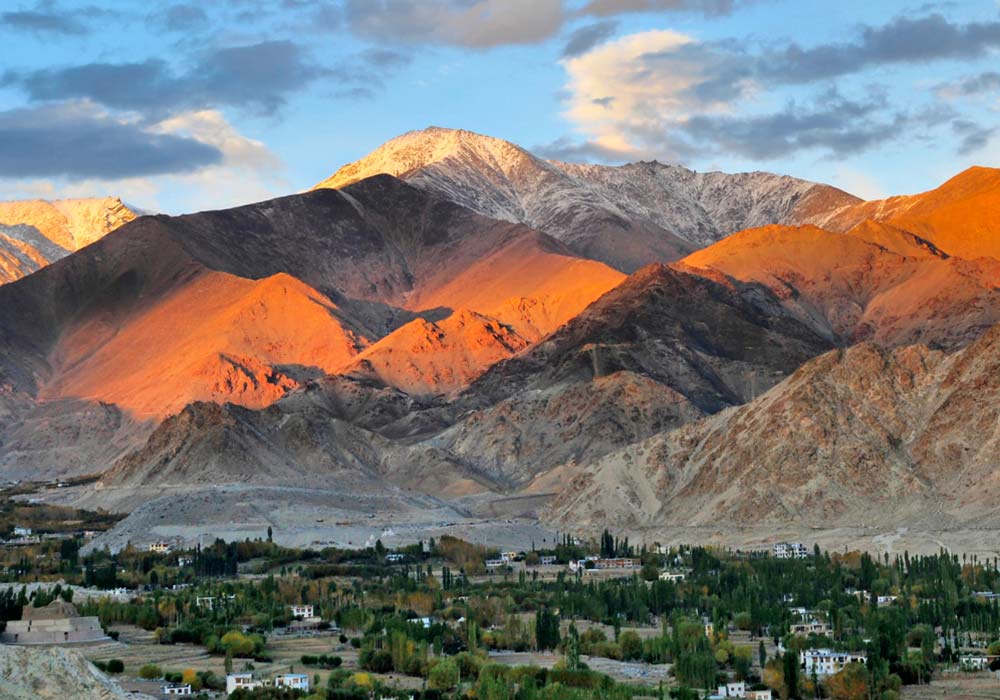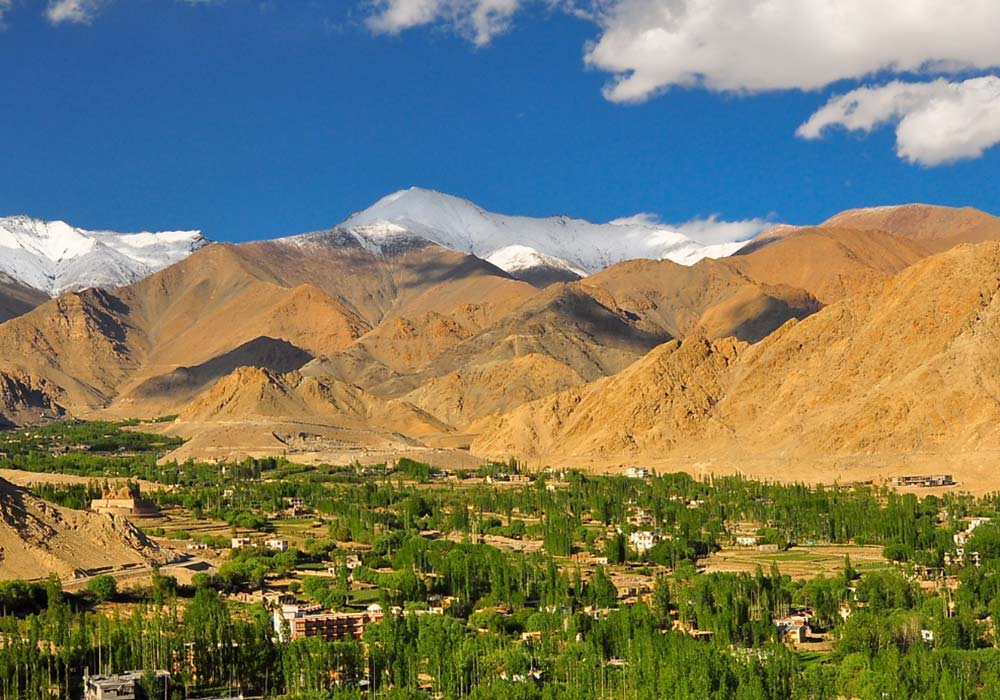Leh & Ladakh
BY AIR – Kushok Bakula Rimpochee Airport of Leh is the main airport of the region. This airport is connected to Delhi, Jammu and Srinagar by direct flights of Jet Airways, Air India, and Go Air. The timings of the flights are subject to change due to weather. Plan your trip accordingly.
BY ROAD
First Approach – Srinagar to Leh: The first route is reaching Ladakh from Kashmir Valley through Kargil, around 434 km away. This route remains open from the starting of June till November. Zoji-La pass, at an altitude of 11,500 feet, is a gateway to Ladakh. Regular ordinary as well as deluxe buses are run by Jammu & Kashmir State Road Transport Corporation (J&K SRTC) between Srinagar and Leh. Hire a car, a jeep or a taxi from Srinagar. If you are traveling in groups, renting a bus for Kargil, Leh, and Padum (Zanskar) from Jammu & Kashmir SRTC at Srinagar is another option.
Second Approach – Manali to Leh: Since 1989, Manali-Leh road stretching to 473 km, open from mid-June to early October, has been the second road route to Ladakh. This road takes you via the desert plateau of Rupsho, ranging between altitudes of 3,660 m to 4,570 m. A number of high passes fall on this route, including Taklang-La, the world’s second highest motorable road, 17,469 feet (5,235m) above the sea level. Ordinary and deluxe buses run between Manali and Leh every day and are managed by Himachal Pradesh Tourism (HRTC) and J & K SRTC. This journey is of around 2 days with night camping in Serchu and Pang. Another option is to hire a jeep or a Gypsy.
Intra-region Travel: Travelling through public buses that have a fixed schedule and route is the best option. This option is pocket-friendly and comfortable too. Another option is of hiring a taxi by fixing its price. It is necessary to take the services of registered travel agency in making your transportation arrangement is you are travelling to Tsomoriri Lake, Nubra, Pangong Lake, Tsokar Lake and Dah-Hanu.
Moti Market: Moti Market is located near the Leh bus stand and is a well-known place for purchasing pearls and other precious items of jewellery as well as semi-precious items of stone and jewellery. Lamo Pearls, located in this market, is one of the oldest shops here.
Nowshera Bazaar: The bazaar has tiny shops and is good for purchasing prayer flags and other items related to Buddhism and its rituals.
Tibetan Refugee Market: This place best for buying a variety of souvenirs. Besides one can shop for clothes, flags, singing bowls, bracelets, earrings, prayer wheels, metal stuff and a lot of small and other beautiful items. The market is located in the center of the town and one need good negotiation skills to get through the market and purchase the items at the desired price.
Ladakh Art Palace: Established in 1970’s as a small shop, the Ladakh Art Palace has grown into a place, full of most diverse artefacts, which are original and quality products and which fully meet the demand of discerning customers.
Tibetan Handicraft Emporium: The market has a huge collection of arts and handicrafts and is a wonderful place to purchase souvenirs and gift items.
Dalai Lama’s Charitable Trust Handicraft Emporium: This market is famous for Pashmina Shawls, Kashmiri Carpets, woollen items as well as wooden handicrafts. The proceeds of this market goes to the local artisans and help sustain their art and ways of life.
For more information
- +91 8240 628 573
- Mon - Sat: 10:00AM - 7:30PM
- anupam.ghosh@matrimovers.in



